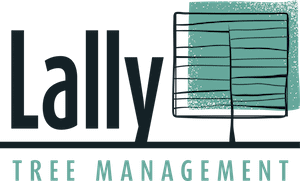In the midst of bustling cities, where concrete dominates the landscape, the importance of the urban forest cannot be overstated. The urban forest provides essential ecological, social, and economic benefits, from purifying the air to offering a respite from the urban hustle. The innovative tool known as I-Tree has emerged to help highlight the ecosystem services that the urban forest provides. I-Tree also tries to put some of these services into monetary value so that land managers, and ultimately the communities that they serve or located within, can be informed about the benefits from trees that affect them directly
What is I-Tree
I-Tree, developed by the USDA Forest Service, is a suite of freely available software tools designed to assess and manage the urban forest. Its applications range from understanding the economic value of urban trees to analysing their environmental impact. One of the key features of I-Tree is its ability to quantify the ecosystem services provided by trees, offering valuable insights for urban planners and policymakers.
How is I-Tree used?
Urban forest managers utilise I-Tree to conduct comprehensive tree inventories, mapping out the species, size, and health of trees within a specific area. This data enables them to make informed decisions about tree maintenance, planting initiatives, and overall urban planning.
By assessing the structural value of trees in terms of energy conservation, air quality improvement, and carbon sequestration, I-Tree aids in optimizing the benefits derived from urban forests.
The software also plays a crucial role in raising awareness about the significance of urban trees. Through its user-friendly interface, I-Tree facilitates community engagement by providing accessible information about the environmental contributions of local trees. This awareness not only fosters a sense of stewardship but also encourages citizens to actively participate in tree planting and maintenance initiatives.
Who uses I-Tree in the UK
Since it’s wide-adoption in the US, it’s beginning to be used more and more in the UK. The Arboricultural Association say that’s now used by organisations like local authorities and BIDs, community groups as well as large land owners and those creating new spaces.
In essence, I-Tree is a powerful tool that empowers communities and organisations to make informed decisions about their urban forests. By quantifying the economic and ecological value of trees, it lays the groundwork for sustainable urban development. As cities continue to grow and green spaces become increasingly precious, the role of I-Tree in managing and nurturing urban forests will undoubtedly become even more critical.
